Your unique way in spreading the truth is what we all need today. Most of us don’t recognize the contamination coming from all the lies and selfishness in the world. Because of our fear of death, we forgot how to live. Lies left and right. I was losing hope and faith, because of so many ideas that are always contradicting each other – so many questions answered by other, more complicated, questions – until I found your channel on YouTube.
You did not just give me answers, you also taught me how to answer new questions that arise in my mind. Now I see things differently. I see God’s mercy, grace, and Love everywhere, in spite of all the chaos that we all have done as humans. I don’t fear death anymore. Accepting the Truth and Love about God is truly a genuine Freedom from all the confusions, sufferings, selfishness, pain, and death.
I just wanted to say, thank you, sooooo much for revealing the real Remedy for our infected life. I have a new hope and now see the world in a different perspective!
Wheinny P., University Place, WA, USA

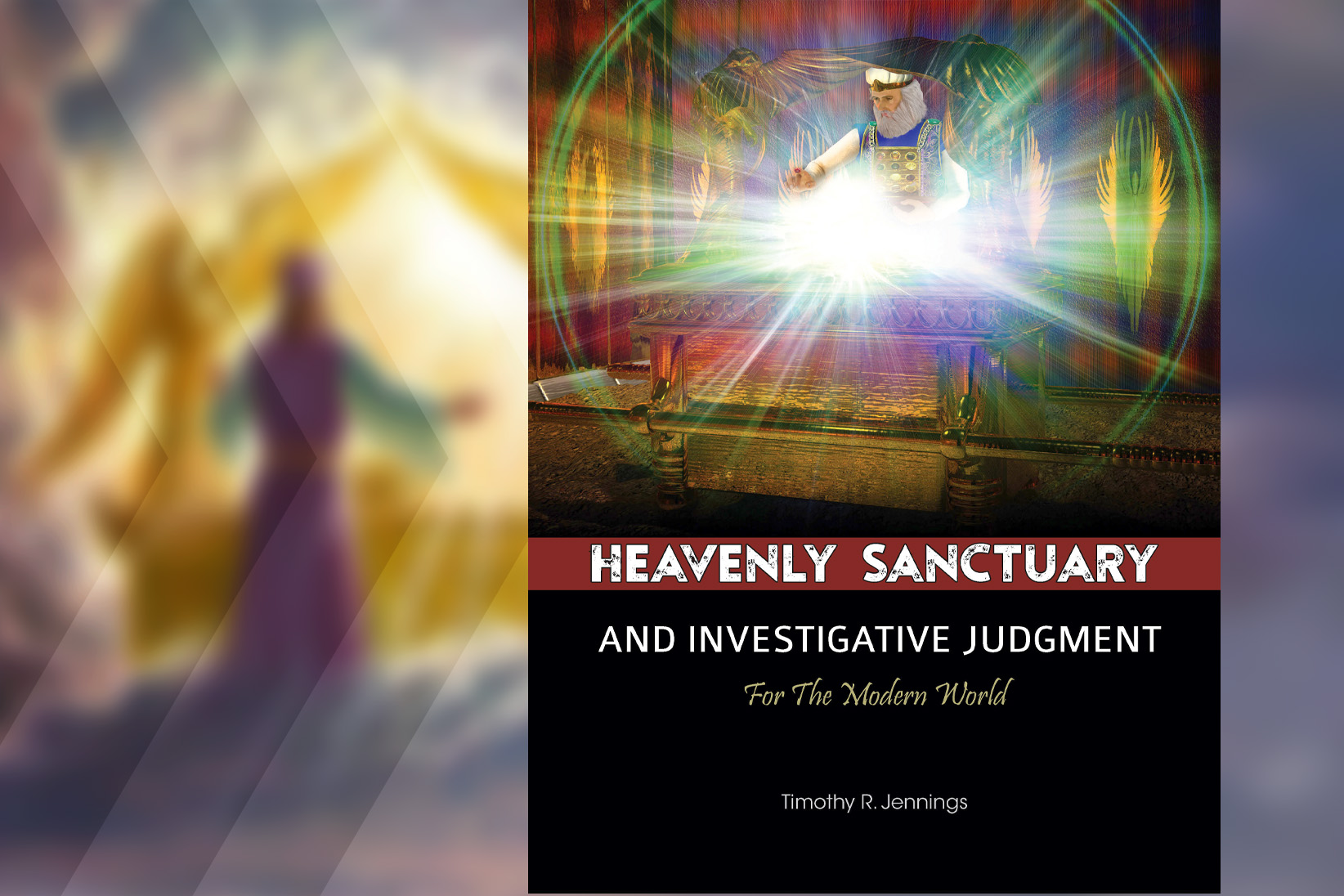
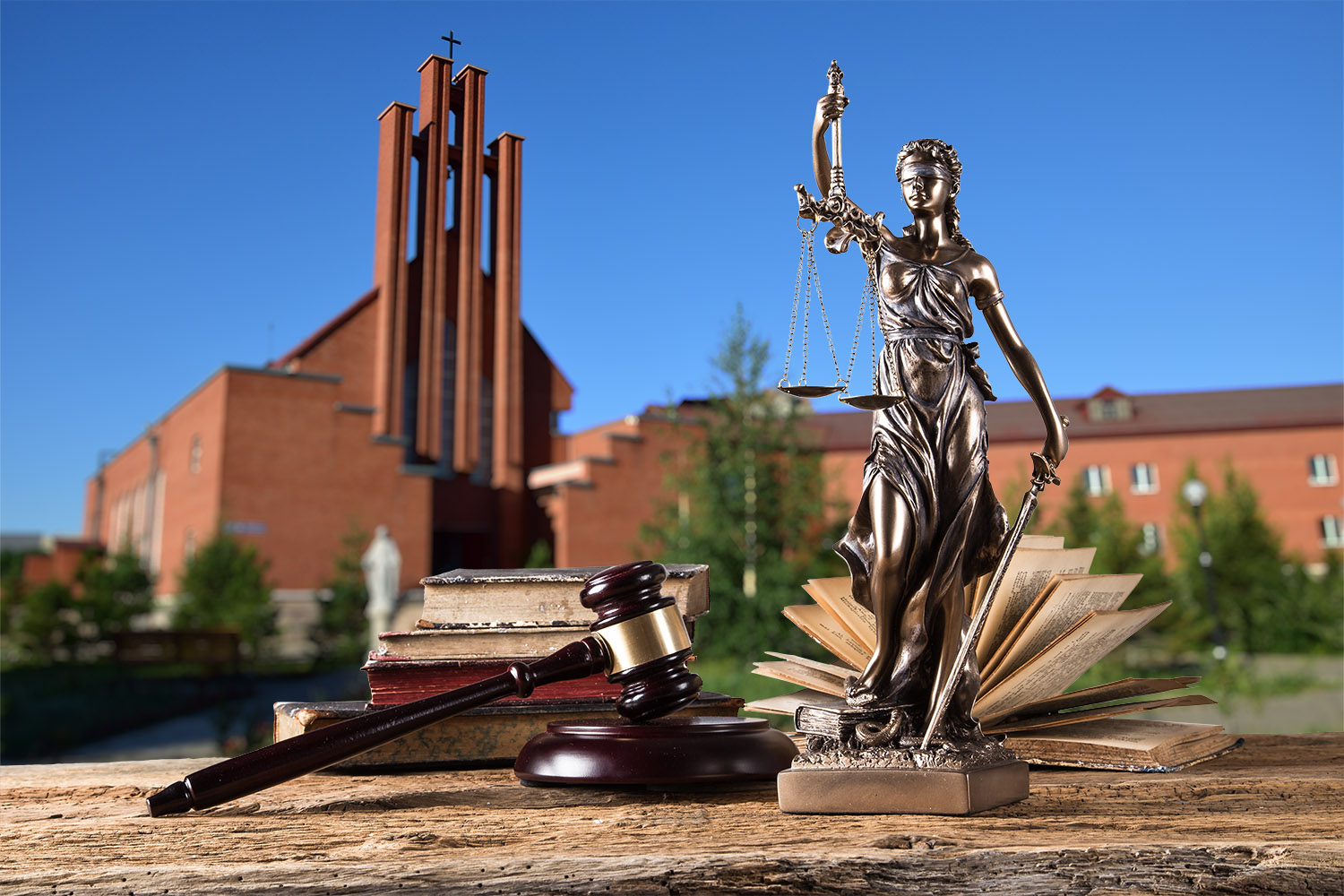
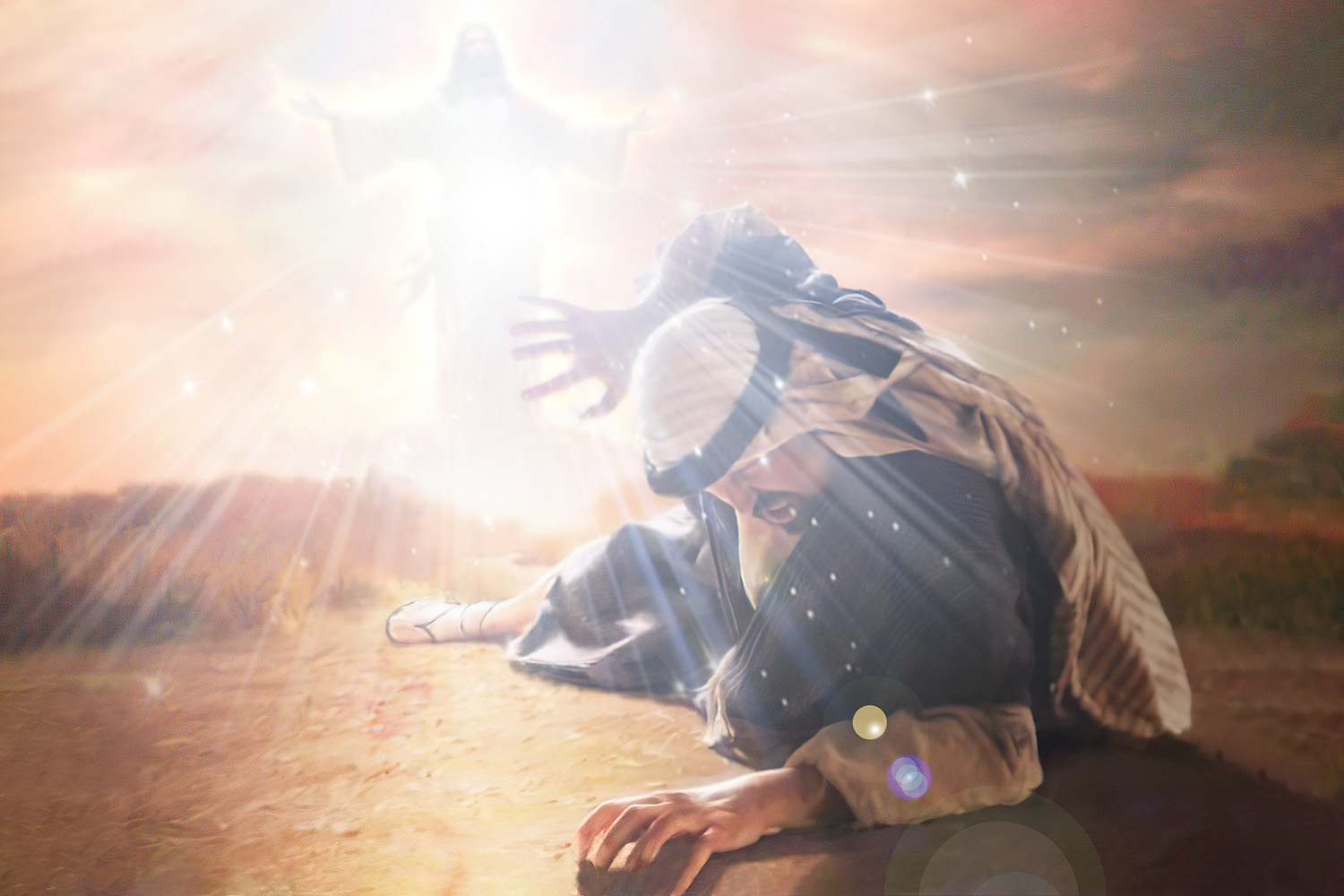



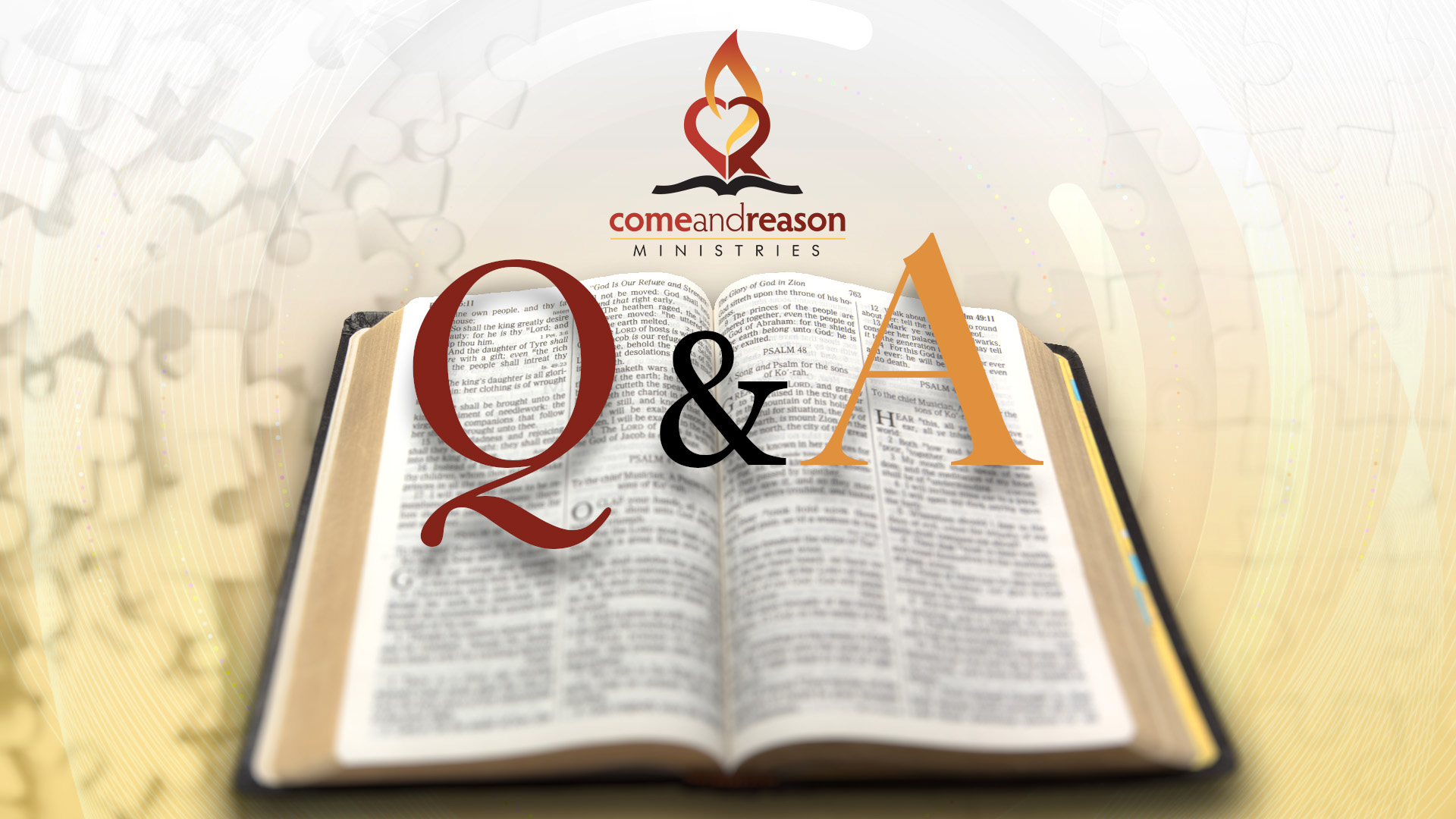
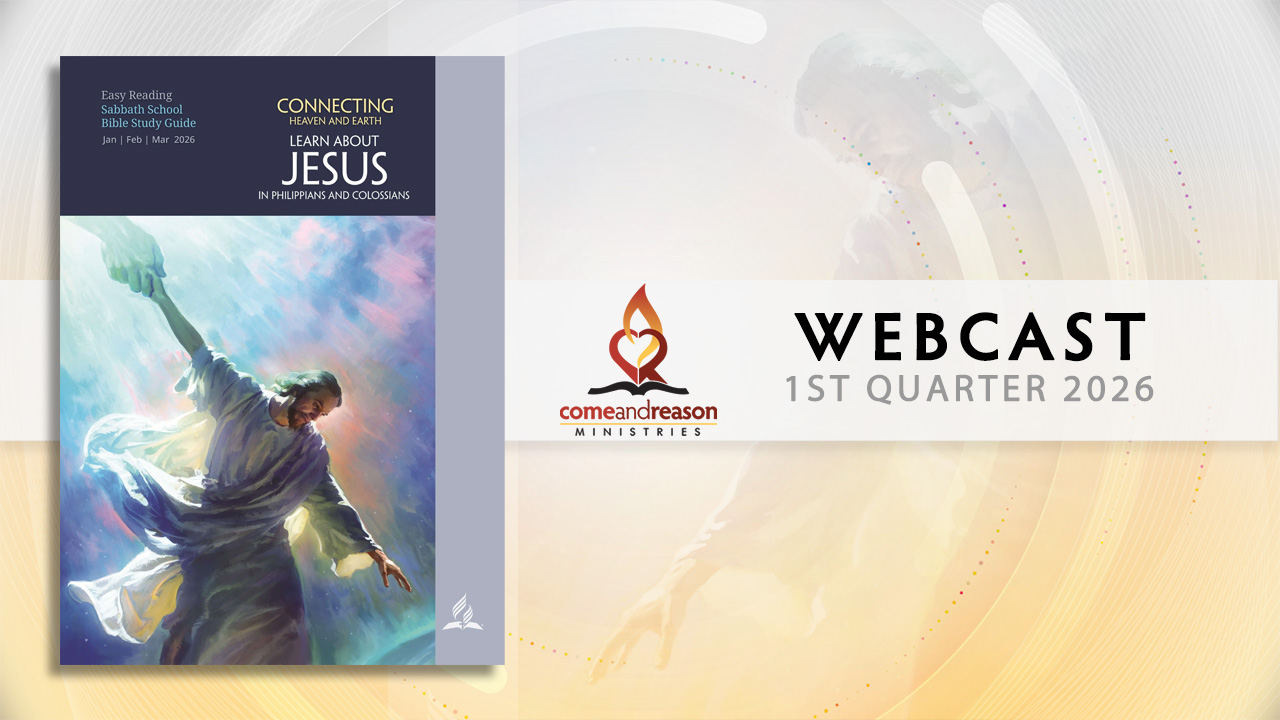

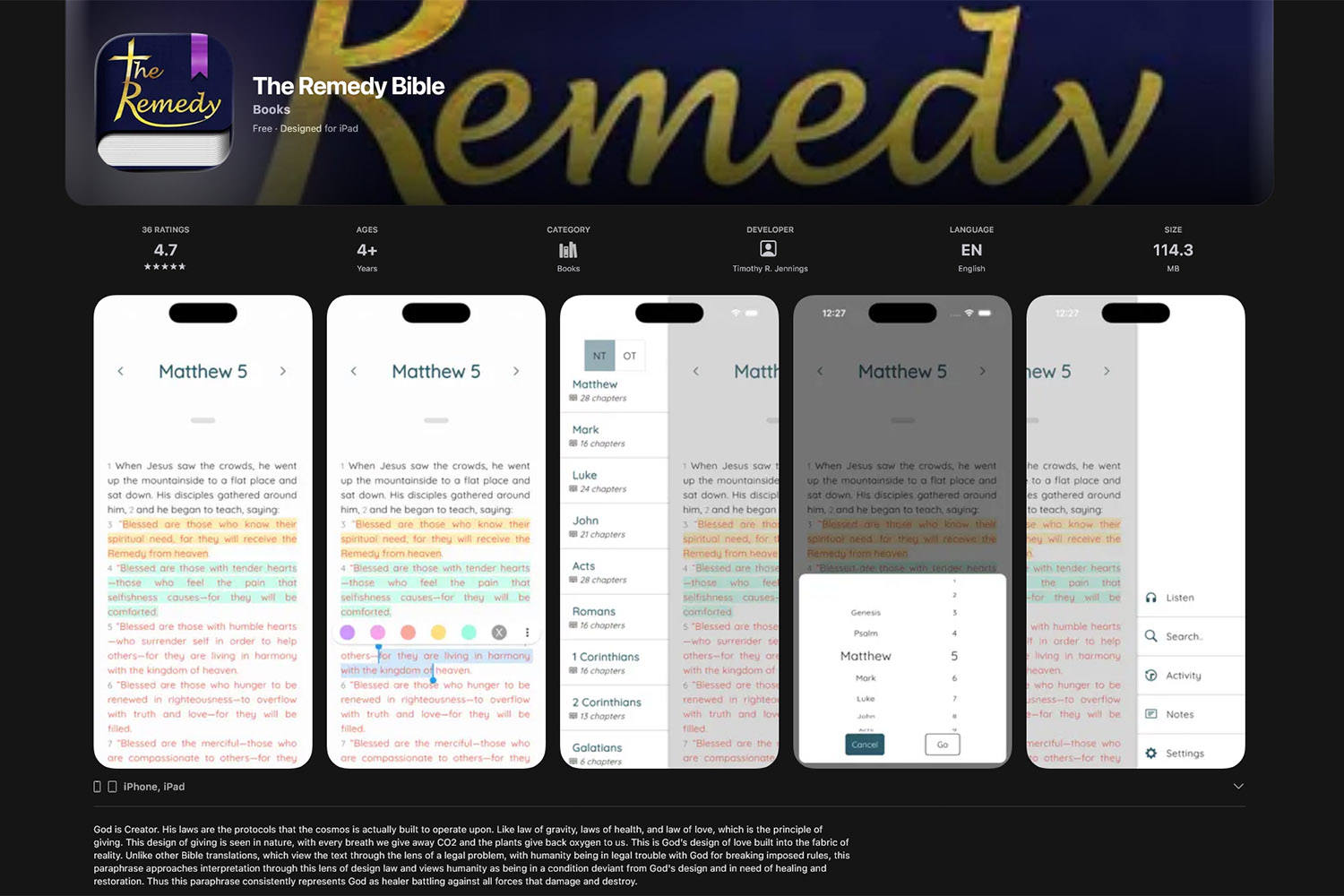
 using your credit or debit card (no PayPal account needed, unless you want to set up a monthly, recurring payment).
using your credit or debit card (no PayPal account needed, unless you want to set up a monthly, recurring payment). instead?
instead?